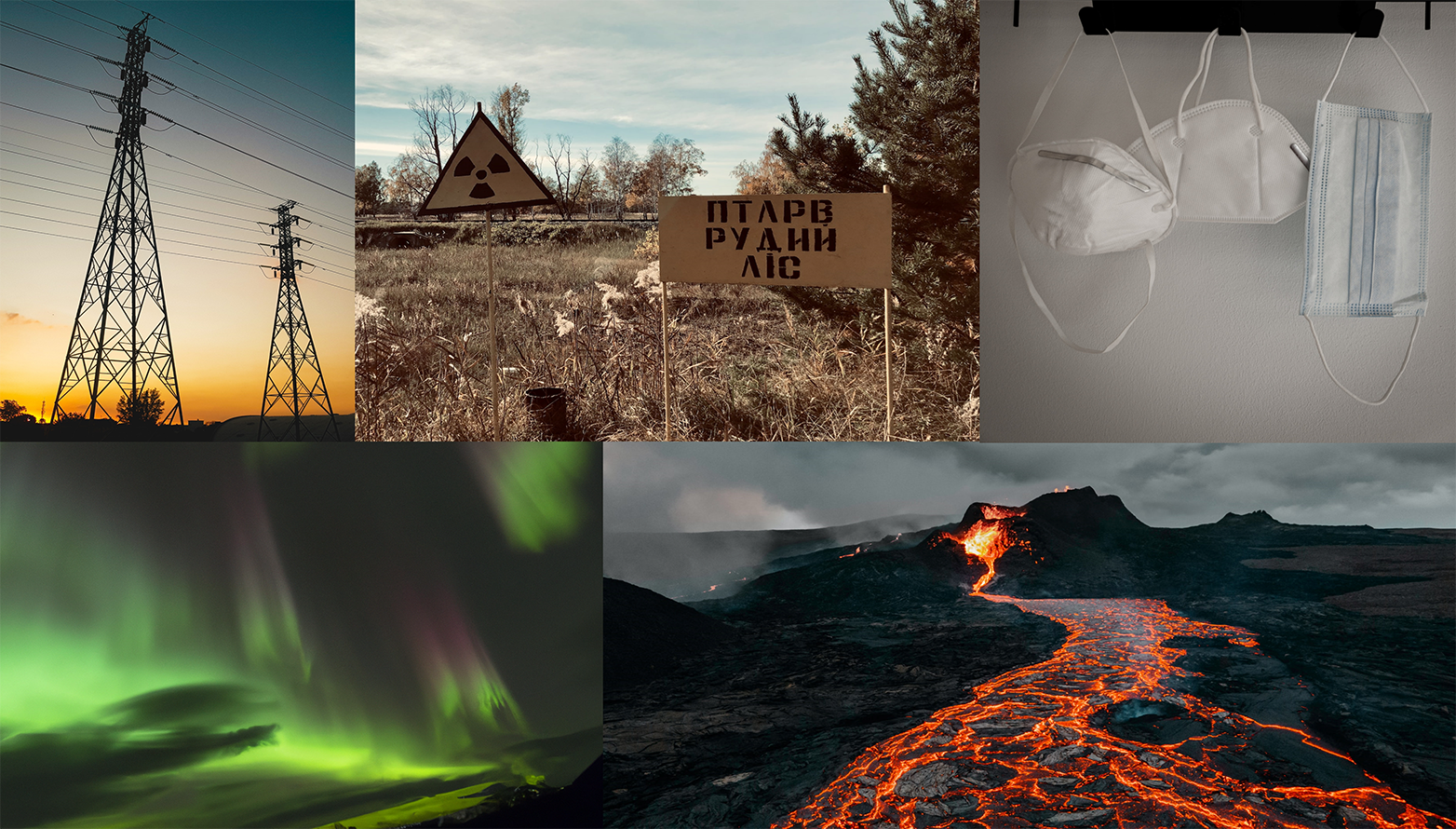National Risk Assessments of Cross-Border Risks
Kevin Kohler’s CSS Risk and Resilience Report provides a comparative analysis of national risk assessments. It compares the assessments made by nine European countries and Swiss Re respectively of five types of cross-border risks: electricity supply shortage, nuclear accident, pandemic, severe space weather, and volcanic outbreak. Even though the selected countries have correlated risk profiles for these hazards, the report finds noteworthy differences in their estimated likelihood and impact.

This report focuses on a comparative analysis of national evaluations of cross-border risks, based on the assumption that the probability and intensity distribution of transnational and global hazards should have similarities within a region. Therefore, significant differences in national evaluations of cross-border risks are indicators of which countries and which hazards are worth investigating more closely in order to better understand divergences in the overall risk assessment process, from data sources to expert opinions to risk comparison frameworks.
The report first provides a brief background on national risk assessments (section 2) and the case study selection (section 3). It then compares the evaluations made by nine countries and Swiss Re respectively for five cross-border risks: electricity supply shortage (section 4), nuclear accident (section 5), pandemic (section 6), severe space weather (section 7), and volcanic outbreak (section 8). Lastly, the discussion and conclusion (section 9) summarize the identified challenges and assessment differences, and provide the author’s perspective on how risk assessments could continue to evolve and strengthen.
